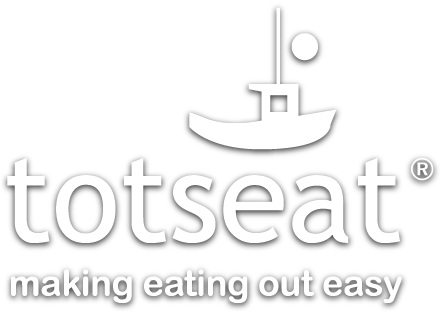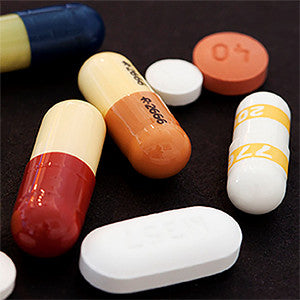Following on from our piece on counterfeits in the toy and nursery sector, we are shifting our focus to fake medicines. These dangerous products affect the lives of individuals across the world – and the victims are often children.
‘Drug counterfeiting is not a problem of intellectual property. […] The problems of intellectual property may exist, but they are secondary to the problems of public health.’ The words of Prof. Amor Toumi, Advisor to the World Health Organisation (WHO), recall how the specificities and magnitude of issues raised by counterfeit medicines go beyond the sphere of intellectual property rights. Each year, fake medicines cause the death of 800,000 people, most of them in Africa. According to the OECD, 75% of counterfeit drugs come from China and India and half of these products transit through Dubai to mask their origins. They are then marketed all over the world with developing countries as the primary targets, but due to the expanding online market of fake drugs, the problem has become universal.
A crime against humanity in the developing world
The WHO defines counterfeit medicine as one ‘which is deliberately and fraudulently mislabelled with respect to identity and/or source’. Fake drugs include both branded and generic products and can contain substances which are ineffective against the disease they are purporting to cure, or, in many cases, highly toxic ingredients, such as rat poison and antifreeze. In some parts of Africa, Asia and Latin America, more than 30% of the medicines on sale are fake. The following video produced by the Fondation Chirac highlights the tragic, day-to-day implications of this data on the lives of individuals.
L'appel de Cotonou contre les faux médicaments from fondation Chirac on Vimeo.
Developing countries provide ideal conditions to the traffic of counterfeit drugs and the victims are often the youngest. Each year, over 122,000 African children under the age of five lose their lives as a result of counterfeit antimalarial drugs alone. Lack of access to high quality medicines is just one of the reasons why developing nations are the hardest hit. The price of medication is beyond the reach of many who struggle to make ends meet.
Like Diego’s mother in the Fondation’s video, these people often see no other choice but to purchase the cheaper, usually fake alternatives from unlicensed street vendors. The lack of means for regulatory authorities is another issue; when the police, customs and other administrative organisations suffer from inadequate staff, training and financing, it becomes impossible to effectively fight counterfeiting. Added to all this are weak sanctions and, in certain countries, no laws for punishing counterfeiters, helping them take advantage of the legislative breach.
Developed countries are not spared
According to data from the WHO, 40% of counterfeit medical products are destined for developed countries. The UK is not spared either; during a recent raid carried out by Interpol’s Operation Pangea, about four million doses of unlicensed medicines were seized.
This shockingly high figure can be explained by the expansion of the global traffic of fake drugs, facilitated by the internet; the WHO estimates that 50% of the medicines sold online are fake.
To avoid any health risks, it is important to pay attention to the warning signs; looking for contact information, checking whether the pharmacy has a license and making sure that it requires a prescription to buy prescription drugs should be among the basic considerations for anyone purchasing medicines online.

